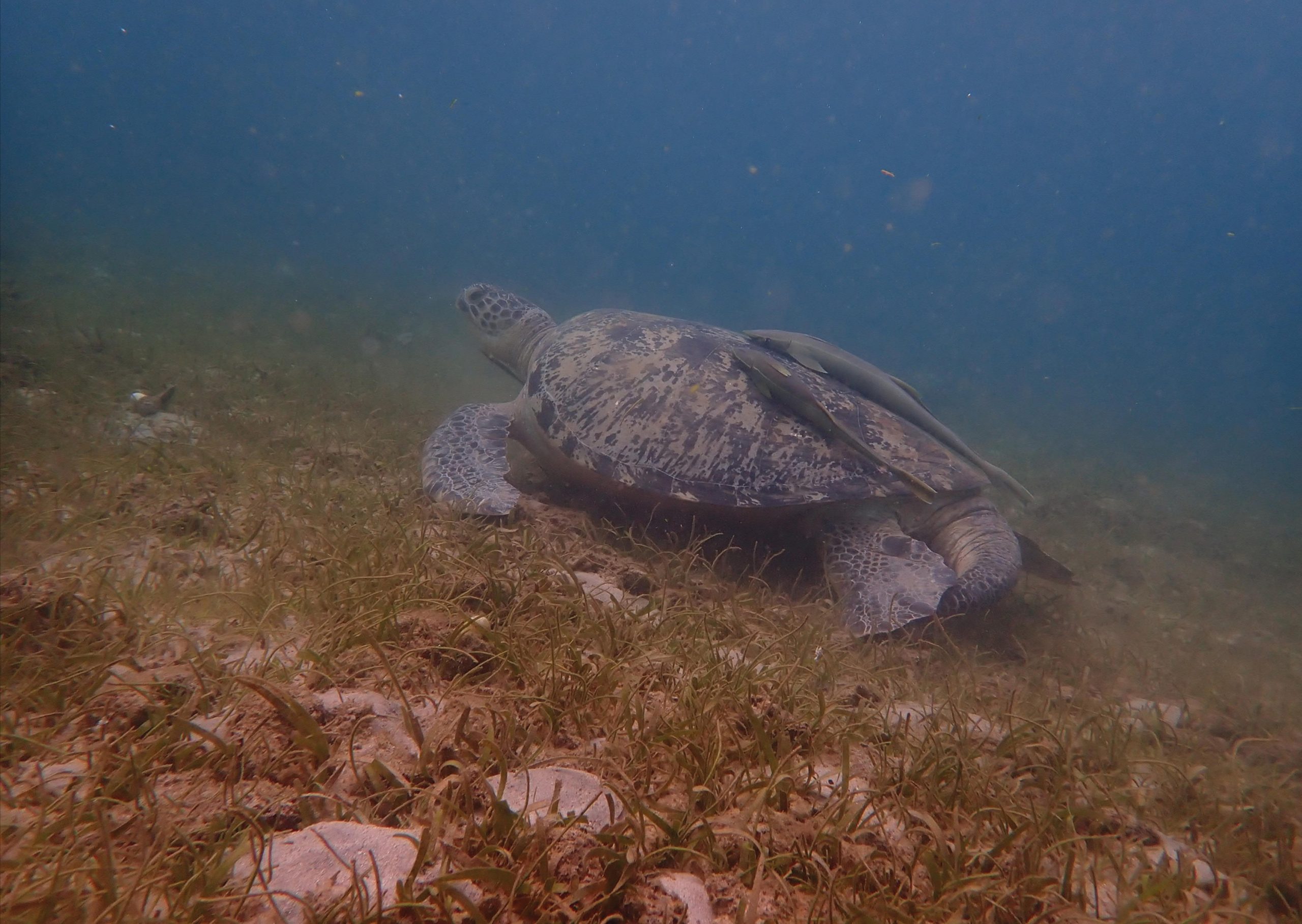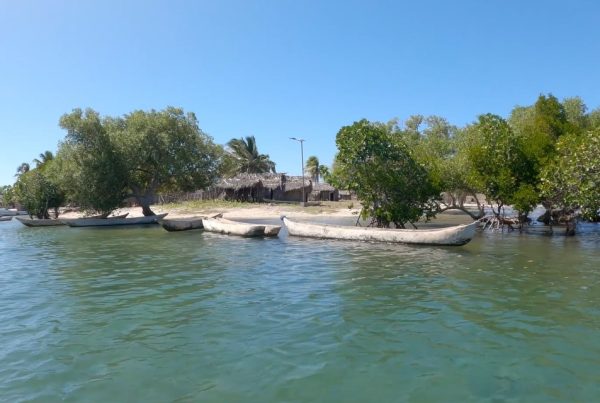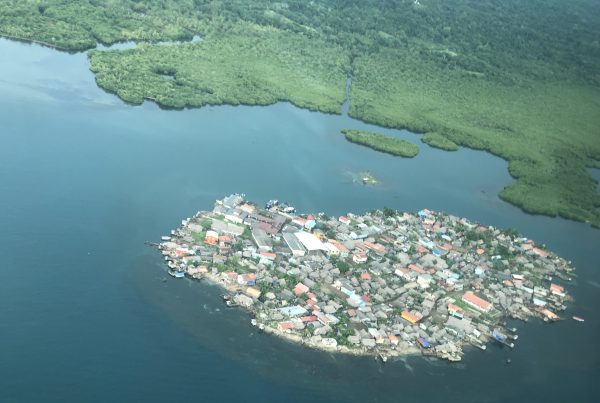Among the 14 emblematic ICCAs in Madagascar, Sakatia Island’s Fokonolona (local community) territory of life covers 1,230 hectares and includes the Ambohibe forest reserve (12.4 ha), the Andranomatavy mangroves (10.5 ha), sandy beaches (7.2 ha) and a traditional fishing zone of 110 ha where two protected species of sea turtles live (Chelonia mydas and Eretmochelys imbricata are respectively endangered and critically endangered species, according to the IUCN Red List).
The first inhabitants arrived on Sakatia Island in 1883 and it is now home to 1,452 people, including eight ethnic groups (Sakalava Antakarana, Sakalava Boina, Antandroy, Mahafaly, Antanosy, Antemoro, Betsileo and Merina), and a small group of Europeans. The main sources of livelihoods are tourism, handicrafts, farming and fishing.
The island’s marine and coastal ecosystem is sustainably managed, conserved and governed by means of traditional rules called Dina, which have been developed over time and are overseen by customary institutions. The latter involve a traditional leader, a customary leader and a king of the island, and these are recognised and supported by the municipal and national governments. A community-based organisation was set up in 1995, and in 1998 it was given legal responsibility for natural resource management. The management transfer contract, which was signed by the communal municipality, the community-based organisation, the Ministry of Environment and Sustainable Development, and the Ministry of Fisheries Resources and Fishing, is based on Dina rules.
Local culture plays a major role in strict forest conservation at Ambohibe, which is a sacred forest (ala fady). Likewise, the mangroves in Andranomatavy are protected from unsustainable exploitation. Customary rights to collect medicinal plants in the forests and mangroves are granted by traditional community and legal institutions. In July 2018, seagrass was planted and marker buoys were put in place to delimit turtle zones and prevent the decline of the two sea turtle species. The community is also working to control invasive bamboos, and to address the threat posed by a proposed new hostel, which is planned in a turtle spawning area that is part of a sacred site.
Sakatia Island is part of the TAFO MIHAAVO network, a national network of local communities managing natural resources. The network is expanding and seeking to collaborate in the establishment of national enabling policies, legal instruments and mechanisms. During 2019, TAFO MIHAAVO and MIHARI (Madagascar Locally Managed Marine Area Network) teamed up to secure indigenous and community areas nationally, through the full recognition of community rights to land and community-managed marine areas. There is currently a government initiative to develop a legislative framework on special status areas, including on areas subject to community land rights, and this offers an important opportunity.
A clear message coming out of the collaboration in Madagascar is the need to recognise all forms of community-based natural resource management, including the underpinning structures, rules and customary practices which have enabled local communities to manage the resources on their lands sustainably for generations. This recognition must consider, at least, two inseparable aspects: first, the need for recognition of ICCAs as well defined physical territories, over which legal status must be secure; and second, the maintenance and recognition of customary natural resource governance systems.
Two endangered species of sea turtle live in the waters around Sakatia Island, Madagascar. Credit: Jax137.
Author
- Bakoliarimisa Tsiorisoa Mihanta, TAFO MIHAAVO
Ecosystems
- Marine and coastal
Topics
- Conservation and sustainable use
- Governance
Type
- Short-form
Date
- This case study forms part of LBO-2, originally released in 2020.



